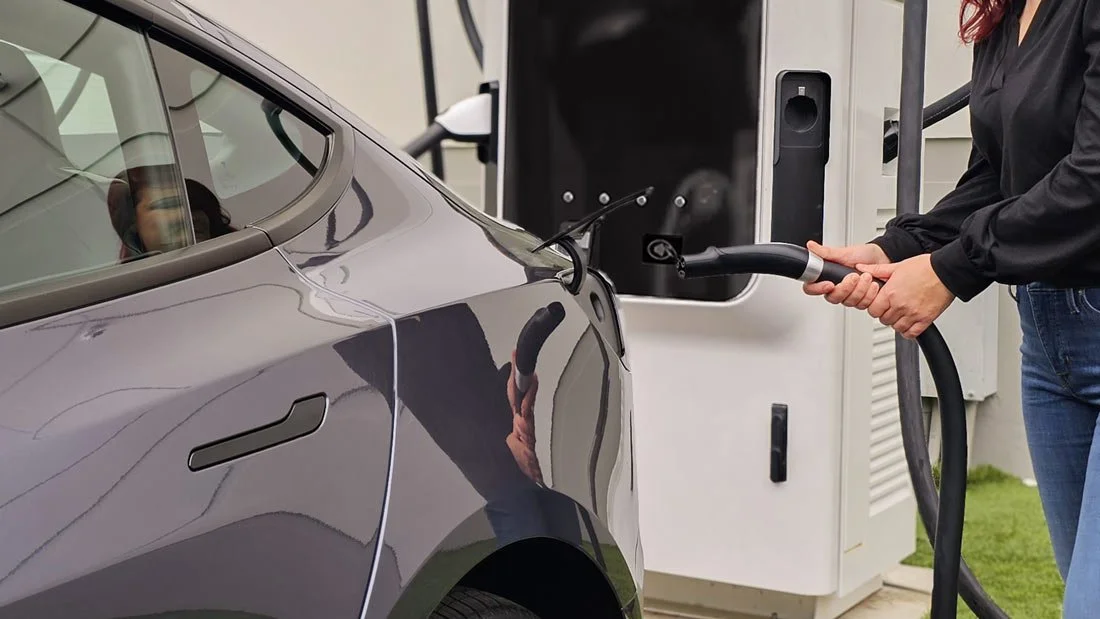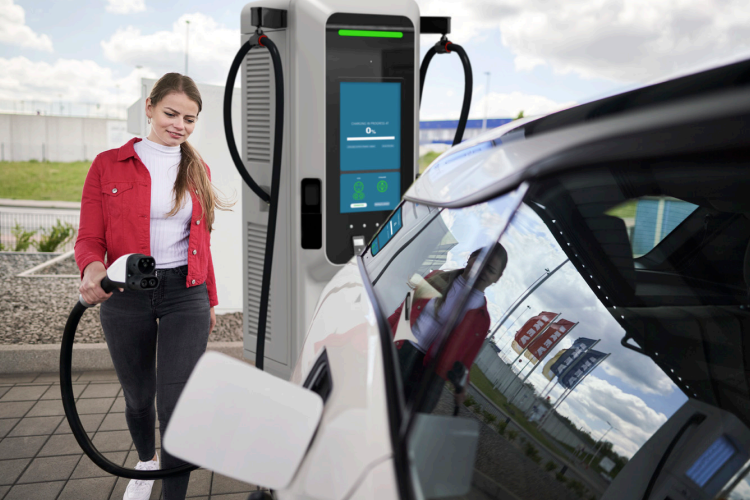Lessons From A Recent EV Charger Network Migration
In early 2025, a prominent utility company faced a pressing challenge: Migrate 76 BTC POWER DC fast chargers (DCFCs) from the Shell Recharge network to EV Connect before the Shell Charge Management System (CMS) was shut down. To meet this deadline, the utility engaged ChargerHelp! to execute field operations and troubleshooting, and EV Connect to serve as the new CMS.
The collaboration between ChargerHelp!, EV Connect and BTC POWER (both of whom are Open Charge Point Protocol (OCPP) certified), and the utility revealed not only best practices—but the critical importance of OCPP compliance in making migrations scalable and efficient.
Why This Network Migration Mattered
The project wasn’t just about flipping a switch—it highlighted what’s involved in maintaining a stable, future-proof EV infrastructure in a rapidly evolving ecosystem. With the Shell Recharge CMS shutting down, they needed a partner ecosystem that could:
| NETWORK MIGRATION PROJECT SNAPSHOT | |
|---|---|
| Scope | 76 DC fast chargers |
| Old CMS | Shell Recharge |
| New CMS | EV Connect |
| Field Operations | Led by ChargerHelp! |
| Hardware | BTC POWER chargers |
Preserve charger uptime
Minimize operational disruption
Navigate complex vendor relationships
Execute quickly and confidently
Manage to an affordable and agreed upon budget
Deliver on their long-term needs as well as, or better than, any leading provider in the industry
Thanks to OCPP compliance and a phased, cross-team approach, the migration was completed seamlessly and the utility is moving forward with their new charging platform.
The Value of OCPP in Charger Migrations
OCPP = Interoperability By Design
The chargers in this project supported OCPP, an open standard that governs communication between EV chargers and CMS platforms. The new CMS, EV Connect, is also certified OCPP. Because of this commitment to OCPP by both BTC POWER and EV Connect:
No hardware replacement was needed
Migration relied on standard commands instead of proprietary methods
Remote reconfiguration was possible for most chargers
Troubleshooting was simpler with well-defined message flows
In short, OCPP turned a complex transition into a manageable process and avoided vendor lock-in.
How OCPP Simplifies Charging Network Migration
Switching CMS Platforms: Standard message protocols reduce custom dev work
Repointing chargers to a new backend: Use ChangeConfiguration or SetNetworkProfile commands
Updating security credentials: Managed through certificate installation and variable settings
Batch migrations: Chargers can be updated in groups with consistent messaging
Fallback mechanisms: Devices can retain last-known good connection settings
Key Results
76 chargers successfully migrated rapidly
Uptime preserved with minimal user impact
Process reused for subsequent L2 charger migrations
Reusable toolkit developed by ChargerHelp for future RaaS and CMS transitions
Cross-vendor alignment with BTC POWER, EV Connect, ChargerHelp and the utility established a template for future collaboration
6 Best Practices for CMS Migration
Drawing from both this project and our years of experience, here are the top recommendations for a successful transition:
1. Design for Portability: Choose OCPP-Compliant Hardware
“The ability to migrate charging stations with minimal disruption depends heavily on OCPP compliance.”
Use certified chargers and CMSs. Certification ensures interoperability.
Avoid vendor lock-in. Choose the right hardware and software combo for your needs.
Standardization saves time and cost when switching CMSs or scaling your network.
2. Establish a Dedicated Planning Phase
Allocate 2–4 weeks for stakeholder alignment before any on-site activity.
Create a migration pre-requisite checklist to avoid preventable delays around common items like firmware version and OCPP compliance, SIM card transferability or eSIM provisioning, or connectivity tests to the new backend.
Develop a shared understanding of:
Hardware and firmware readiness
SIM card provisioning
User account/data transfer
Physical signage and QR/NFC update needs
3. Involve All Vendors Upfront
Include the hardware OEM early to confirm firmware compatibility and update paths.
Align with both the old and new CMS teams to validate protocol support.
For OCPP chargers, confirm:
Firmware supports OCPP 1.6 or 2.0.1
Necessary configuration keys are exposed
Remote commands are accepted and executed correctly
4. Use Remote Configuration Where Possible
OCPP enables remote migration methods, such as:
SetNetworkProfile (OCPP 2.x)
ChangeConfiguration (OCPP 1.6)
InstallCertificate and SetVariablesRequest for secure transitions
Pro Tip: With OCPP 2.0.1, you can pre-load new network settings in a secondary slot (e.g., profile 2), test the connection, and reset the charger remotely—reducing site visits, overall project duration and cost.
5. Plan for Edge Cases and Manual Interventions
Even with OCPP, you may encounter:
Chargers with hard-coded settings (older firmware)
SIM cards tied to the old CPO’s cellular contract
Configuration keys named differently per manufacturer
Prepare your team with fallback strategies and manual override procedures. For particularly difficult chargers, site visits may still be required.
6. Conduct Controlled Batch Migrations
Group chargers by model and firmware version
Migrate in manageable waves during off hours to limit disruption
Monitor real-time logs for errors or timeouts
Ensure rollback capability where firmware updates are risky
Are you planning an EV charger network migration? Download our Best Practices for CMS Migration Checklist
From Case Study to Industry Standard
This project demonstrates how open standards like OCPP, and the right hardware and CMS partners can ensure seamless and pain free network migrations. EV networks face inevitable change: new CMS platforms, new vendors, and evolving user expectations.
This example, with EV Connect as the CMS, ChargerHelp! as the field execution partner and BTC POWER as the hardware, serves as a model for how to execute migrations quickly, securely, and without major disruption.
By aligning around OCPP, clear governance, and phased execution, any network can position itself to adapt and scale—without re-inventing the wheel.
“This transition project proves that when you combine OCPP-compliant hardware with collaborative project execution and an open software platform like EV Connect, even urgent migrations can be fast, affordable, and scalable.”
- Kameale C. Terry Chief Executive Officer, ChargerHelp!
About EV Connect
EV Connect is the comprehensive EV charging platform for companies of all sizes to build, run, and scale their EV charging business. Trusted by CPOs, OEMs, fleets, utilities, and more, we’ve delivered charging solutions for U.S. businesses which enable over 4 billion miles of travel!
Learn about our EV charging software, explore our EV charging network, and download the EV Connect app today!


